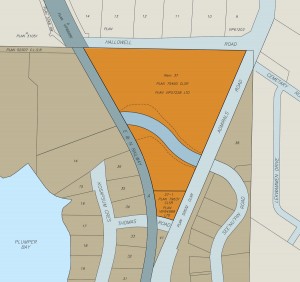Weblog#2: Entry #5
Check out the video at the bottom of this site. In collaboration with the written text of the webpage, the video seems to pictorially tell a story of how the city of Victoria, BC and it’s surrounding 9 Coast Salish FN Bands have created a uniquely Northwest FN, British/European, and Asian community. Interestingly, there is no dialogue or voiceover. Be forewarned, the video was produced in partnership between the Province of BC, Tourism Victoria and the Victoria Conference Centre. As a result, everything is presented with a slight air of picturesque, romantic perfection, which I guess is important if you want people to visit. Needless to say, none of the unsavory aspects of Victoria made the video 😉
